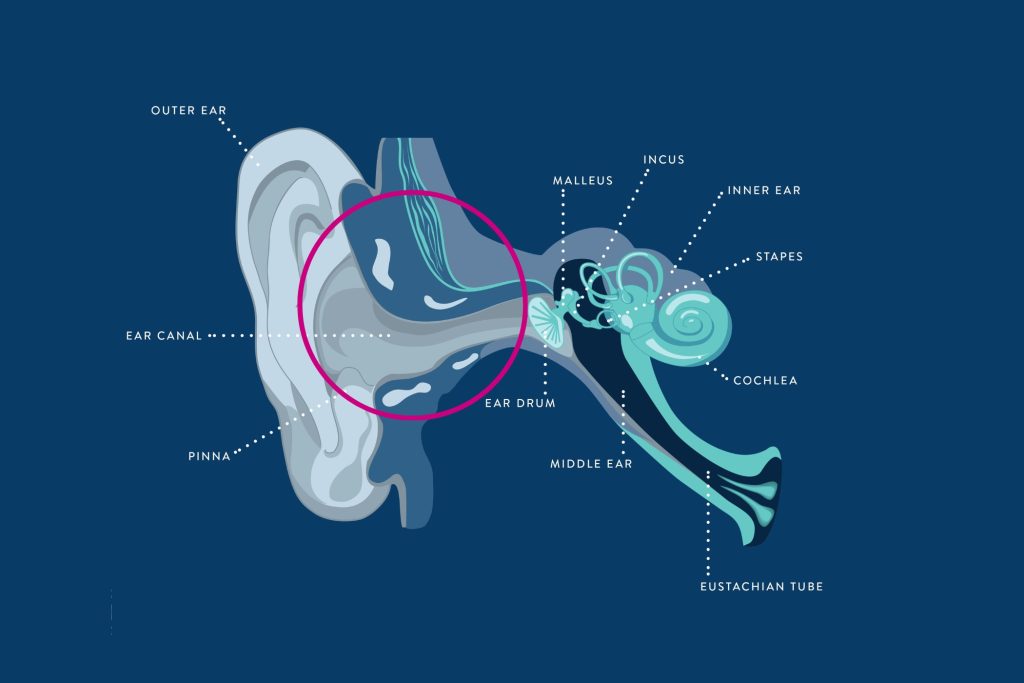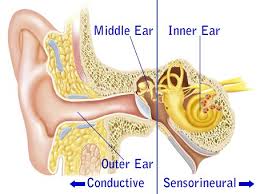What is Conductive Hearing Loss?
Conductive hearing loss happens when sound is blocked or reduced in the outer or middle ear — for example by earwax, fluid behind the eardrum, or issues with the tiny ear bones. The inner ear itself can work well, but not enough sound reaches it.
- Can affect one or both ears.
- Often improves with medical treatment or minor procedures.
- Common after ear infections, colds, or wax build-up.




-1.webp)